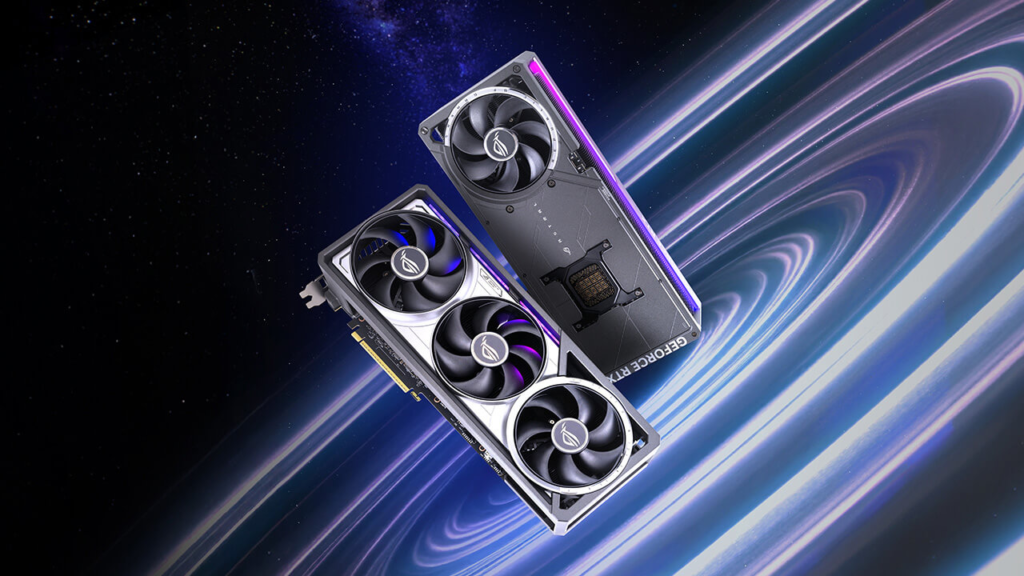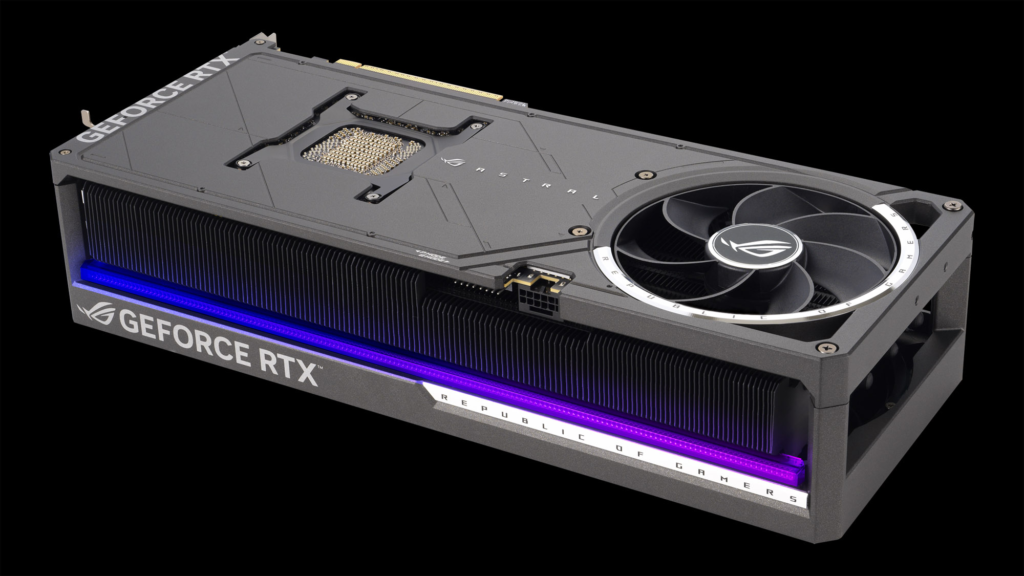If you’re a PC gamer, content creator, or tech enthusiast, you’ve probably heard the rumors swirling around NVIDIA’s next-generation graphics card: the RTX 5090. Will it be the most powerful GPU ever made? How much will it cost? And most importantly—when can we expect it to launch?
In this article, we’ll dive deep into everything we know (and don’t know) about the RTX 5090. From leaked specs and performance predictions to expert insights and real-world implications, we’ll cover it all. Whether you’re planning your next PC build or just curious about the future of gaming, this guide has you covered.
The RTX 5090: Fact or Fiction?
Let’s address the elephant in the room: Is there really an RTX 5090 in the works?
The short answer is: Yes, but it’s not official yet. NVIDIA has a long history of releasing new GPUs every 18 to 24 months, and the RTX 40 series (launched in late 2022) is already approaching its second anniversary. Industry insiders and leaks suggest that NVIDIA is gearing up to unveil its next-generation GPUs, likely under the RTX 50 series branding, with the RTX 5090 as its flagship model.
While NVIDIA has remained tight-lipped about the RTX 5090, the rumor mill is in full swing. Let’s break down what we know so far.
What We Know About the RTX 5090

1. Expected Release Date
Based on NVIDIA’s release patterns, the RTX 5090 is expected to launch in late 2024 or early 2025. This timeline aligns with the company’s typical product cycle and gives NVIDIA enough time to refine its next-gen architecture.
2. Next-Gen Architecture: Blackwell
The RTX 5090 is rumored to be based on NVIDIA’s Blackwell architecture, the successor to the current Ada Lovelace architecture. Blackwell is expected to bring significant improvements in performance, efficiency, and AI capabilities.
3. Performance Leaks and Predictions
Early leaks suggest that the RTX 5090 could deliver up to 2x the performance of the RTX 4090, thanks to advancements in chip design, memory bandwidth, and ray tracing. If true, this would make the RTX 5090 the most powerful consumer GPU ever created.
4. Price Speculation
The RTX 4090 launched at 1,599,andtheRTX5090isexpectedtobeevenmoreexpensive.Someexpertspredictapricetagof∗∗1,599,andtheRTX5090isexpectedtobeevenmoreexpensive.Someexpertspredictapricetagof∗∗1,799 or higher**, reflecting its cutting-edge technology and premium positioning.
Why the RTX 5090 Matters

You might be wondering: Why should I care about the RTX 5090? Here’s why this GPU is generating so much buzz:
1. Next-Level Gaming Performance
The RTX 5090 is expected to push the boundaries of gaming performance, enabling buttery-smooth gameplay at 8K resolution and beyond. For gamers, this means more immersive visuals, faster frame rates, and support for next-gen technologies like path tracing and AI-enhanced graphics.
2. AI and Machine Learning
NVIDIA’s GPUs are not just for gaming—they’re also widely used in AI research, machine learning, and content creation. The RTX 5090’s rumored AI capabilities could revolutionize industries like healthcare, autonomous driving, and creative design.
3. Future-Proofing Your PC
If you’re planning to build or upgrade your PC, the RTX 5090 could be the ultimate future-proofing solution. With its expected performance gains, it’s likely to remain relevant for years to come.
Real-Life Applications of the RTX 5090

To understand the potential impact of the RTX 5090, let’s look at some real-world scenarios where this GPU could shine:
1. Gaming at 8K and Beyond
Imagine playing your favorite games at 8K resolution with ray tracing enabled, all while maintaining a steady 120 FPS. The RTX 5090 could make this a reality, offering an unparalleled gaming experience.
2. Content Creation
For video editors, 3D artists, and streamers, the RTX 5090 could drastically reduce rendering times and improve workflow efficiency. Tasks that used to take hours could be completed in minutes.
3. AI Research
Researchers and developers working on AI models could benefit from the RTX 5090’s rumored AI acceleration capabilities. This could lead to breakthroughs in fields like natural language processing, computer vision, and more.
Challenges and Considerations
While the RTX 5090 sounds like a dream come true, there are a few challenges and considerations to keep in mind:
1. Power Consumption
High-performance GPUs often come with high power demands. The RTX 5090 is expected to have a TDP of 500W or more, which could require a robust cooling solution and a high-wattage power supply.
2. Price
As mentioned earlier, the RTX 5090 is likely to be expensive, potentially putting it out of reach for many consumers.
3. Availability
NVIDIA’s high-end GPUs often face supply shortages at launch, leading to inflated prices on the secondary market. If you’re planning to buy an RTX 5090, be prepared to act fast.
Expert Insights: What the Pros Are Saying
To add credibility to our discussion, let’s look at what industry experts and analysts are saying about the RTX 5090:
- Jon Peddie, President of Jon Peddie Research: “NVIDIA’s next-gen GPUs are expected to focus on AI and ray tracing performance, which could redefine the gaming and professional markets.”
- Moore’s Law Is Dead (YouTube Tech Analyst): “The RTX 5090 could be a game-changer, but it’s going to come with a hefty price tag and power requirements.”
- Tom’s Hardware: “Based on NVIDIA’s roadmap, the RTX 50 series is likely to feature significant architectural improvements, making it a must-have for enthusiasts.”
How to Prepare for the RTX 5090
If you’re excited about the RTX 5090 and want to be ready for its launch, here are a few tips:
1. Save Up
With an expected price tag of $1,799 or higher, the RTX 5090 won’t be cheap. Start saving now to avoid sticker shock.
2. Upgrade Your PC
Make sure your PC can handle the RTX 5090’s power and cooling requirements. Consider upgrading your power supply, case, and cooling system if necessary.
3. Stay Informed
Keep an eye on NVIDIA’s official announcements and trusted tech news sources for the latest updates on the RTX 5090.
Frequently Asked Questions (FAQs)
1. Will the RTX 5090 be worth the upgrade?
If you’re a hardcore gamer, content creator, or professional who needs the best performance, the RTX 5090 will likely be worth the upgrade. For casual users, the RTX 40 series or even older models may still suffice.
2. What will the RTX 5090 cost?
While NVIDIA hasn’t announced pricing, experts predict the RTX 5090 could cost $1,799 or more.
3. When will the RTX 5090 be released?
The RTX 5090 is expected to launch in late 2024 or early 2025, based on NVIDIA’s product cycle.
4. What games will benefit the most from the RTX 5090?
Games with advanced graphics, ray tracing, and high resolutions (like Cyberpunk 2077, Alan Wake 2, and Microsoft Flight Simulator) will see the biggest performance gains.
Conclusion: The Future of Gaming and Beyond
The RTX 5090 is shaping up to be one of the most exciting GPUs in recent memory. With its rumored performance gains, next-gen architecture, and AI capabilities, it has the potential to redefine what’s possible in gaming, content creation, and AI research.
While we’ll have to wait for official details from NVIDIA, one thing is clear: the RTX 5090 is a glimpse into the future of computing. Whether you’re a gamer, creator, or tech enthusiast, this GPU is worth keeping on your radar.
So, is there an RTX 5090? The answer is a resounding yes—and it’s going to be a game-changer. Stay tuned for more updates, and start preparing for the next evolution in GPU technology.
By staying informed and planning ahead, you’ll be ready to harness the power of the RTX 5090 when it finally arrives. Whether you’re chasing the ultimate gaming experience or pushing the boundaries of creativity, this GPU could be your ticket to the future.









